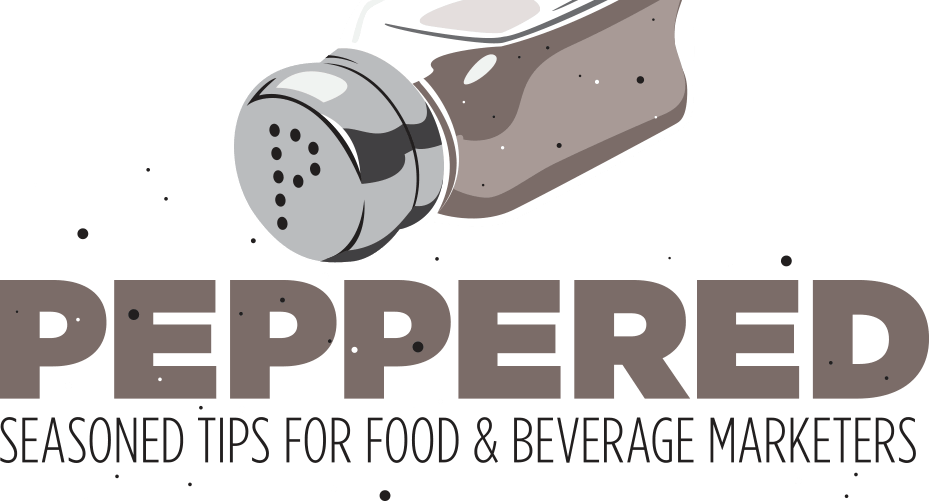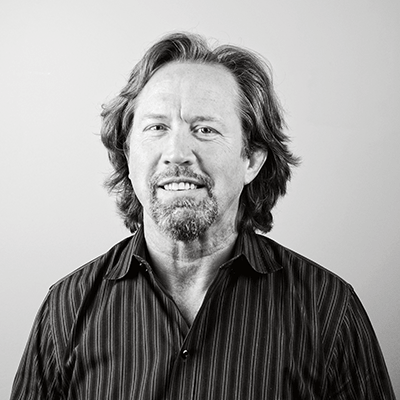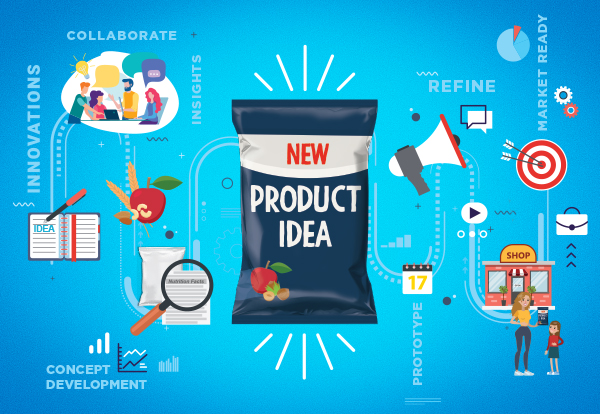Are you currently launching innovative, new products for your food or beverage brand? Do you have ideas in the pipeline for the next 6 months? The next year or two or three?
New product innovation is key to the success of every brand. If you’re simply relying on your current product offering for the future of your brand—then you don’t have a sustainable growth model.
In years past, brands could simply keep producing and selling the same old “go-to’s” year after year. Sometimes decade after decade. And maybe come up with a new twist, flavor, or product extension every few years. That model no longer works.
True innovation leads you to the heart of what consumers want and will ultimately purchase.
Product and brand innovation cannot be reactionary. You have to have a process. If you start that process today, chances are, your product will not be ready to launch for 12-18 months—or longer—depending on your corporate culture.
Following a disciplined process to innovation will give you multiple layers of products in the pipeline at any given time—and eventually get you a solid 2-3 years’ worth of great products and ideas.
Here are some ideas for either starting or refining your process:
Start with Discovery and Ideation. Schedule 1-2 creative work sessions per year. Have these sessions off-site and led by a professional facilitator, who knows the food and beverage business—not an internal person.
Your ideation session can include: leadership and internal team members from various departments including folks from manufacturing. Also include business partners and your marketing and PR agencies. Bring people like chefs, R&D people, foodies, and other food experts and influencers.
Next is the Concept Development phase. Take the top 10-50 ideas, depending on the size of your company and your innovation bandwidth, develop some conceptual, working names for the ideas, a basic description of the product, and if possible some basic FPO or stock photography to show what the concept could potentially look like.
Now we are ready for what I refer to as Consumer Concept Testing. This can be online testing to see which ideas resonate the most with consumers. Just the raw ideas—nothing over-the-top.
Once you have your top ideas, you can either move right into product development for further research, or you can do an internal audit to see which ideas have the best Market Potential, which are the best Strategic Fit for your organization, what is the projected Cost of Entry, and other internal alignment criteria.
But honestly, I think moving directly into Product Development is the way to go. This way, you are truly being directed by the consumer, as opposed to internal and external limitations and hurdles.
The Product Development phase is where most companies need to source a strong external partner who can help with product formulation, flavor profile development, ingredients, packaging options, regulatory requirements, and other aspects of product development that most companies are not equipped to manage. The end result you’re looking for here is for Test Ready Prototypes to move into the Consumer Research phase.
This phase of Consumer Research needs to be significantly more sophisticated than the previous basic concept testing. Here, we are looking to perform Focus Groups, One-on-One, or possibly In-Home Testing, depending on the type of product. Sensory Testing along with Usage, Price Elasticity, and other consumer insights are key factors at this stage of innovation.
After this phase, you can decide which product(s) to continue moving forward. You will most likely go back and forth with this level of research, tweaking ingredients, flavors, packaging, etc., until your product is ideally optimized for launch.
Now, you have a Market-Ready Product that you can be confident is of the right quality and is in-line with current trends and consumer demand. A far better process, and far less expensive than launching an untested idea.
Your company or brand will live or die, based on the innovation you are doing today. Make this process part of the culture at your company. The life of your brand depends on it.






